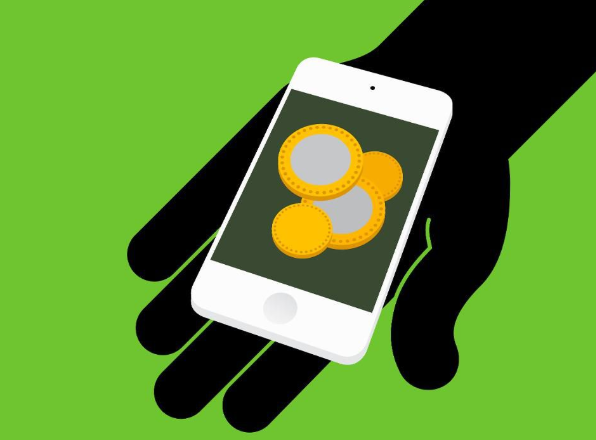
The fintech banks are coming. With regulators accepting applications from financial technology startups for national bank charters, traditional banks are going to see a lot more competition. Potentially bad news for them. But for consumers, it could be a win if it results in better service and lower costs.
The influx of bank fintechs is already happening, with fintech banks Simple, Chime, Varo and Moven offering checking accounts, overdraft protection, savings accounts, and direct deposit. Bigger name financial technology companies including Social Finance, Wealthfront, and PayPal are gauging interest in entering the fray.
SoFi, Stash Getting Bank Accounts Ready
Take Social Finance, otherwise known as SoFi, for starters. On its website, the fintech, which started out refinancing student loans, has a waitlist for SoFi money, which it says is coming in the next few months. It will combine the attributes of a checking and a savings account into one interest-earning deposit account that has an APY of as much as 1%. The account is fee-free with SoFi picking up the ATM fees for six transactions per month. On top of that, SoFi will offer free access to career coaching, discounts on other SoFi products including a 0.125% rate break on a SoFi loan and access to community events in which customers can get financial advice and interact with other SoFi members. It is the latter services that are setting SoFi apart from traditional banks and providing benefits to consumers they aren’t accustomed to with their traditional bank. After all how many national banks do you know that offer customers free career coaching with a savings or checking account or access to community events throughout the country?
Stash, the company behind the popular mobile investing app, is also eyeing the banking market, offering customers the ability to join the waitlist for its service. Like SoFi, the bank account will have no fees, no minimum balance requirements and fee-free access to more than 19,000 ATMs. Stash is taking it a step further. The bank account will include daily spending guidance to help customers make smarter spending decisions and the ability to earn as much as 10% cash back at more than 10,000 merchants around the country. Meanwhile, Wealthfront, the robo advisor, could also be eyeing the market with Bloomberg reporting in June that it sent out a survey to gauge interest for an account that has an interest rate similar to a savings account and also includes direct deposit and the ability to transfer money between accounts at the robo advisor.
Are PayPal, Amazon the Real Disruptors?
The real disruption, however, many come from the likes of PayPal and Amazon.com, who have the war chests to go after the traditional banks’ customers or the ones that are being ignored by the big banks. In the spring the Wall Street Journal reported PayPal began offering banking features to groups of customers that includes FDIC insurance, a debit card that can be used at ATMs, photo check deposit and direct deposit services. The account doesn’t pay any interest on balances and PayPal charges a fee for ATM usage when it is outside of its network of 25,000 ATMs. Those looking to squirrel away a lot of money in a savings account may not be the ideal customers for this product but for the unbanked and people with smaller amounts of money to service it could be a game changer. There are no monthly fees and customers aren’t required to maintain a minimum balance.
And then there is Amazon.com, which has an uncanny ability to enter a market, disrupt it and eventually own it. In March the Wall Street Journal reported it was in talks with the major banks about creating a bank account product for its customers. The aim of that too is to go after younger consumers who don’t have existing bank accounts. In what should be a big sigh of relief for traditional banks, it doesn’t plan to become a bank but rather a partner.
